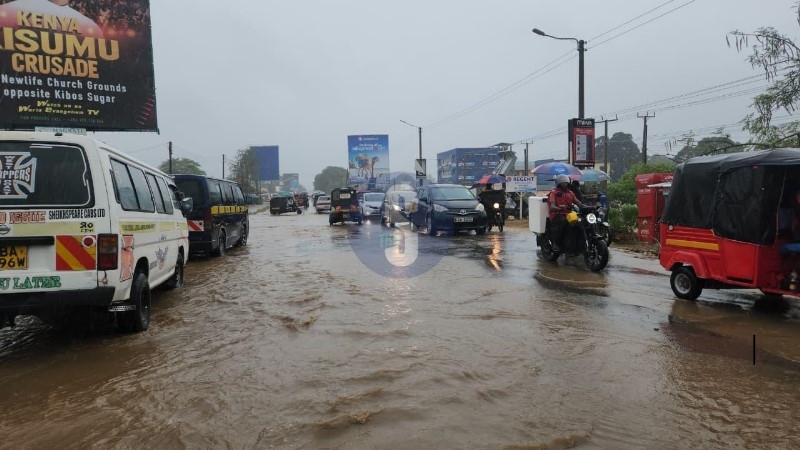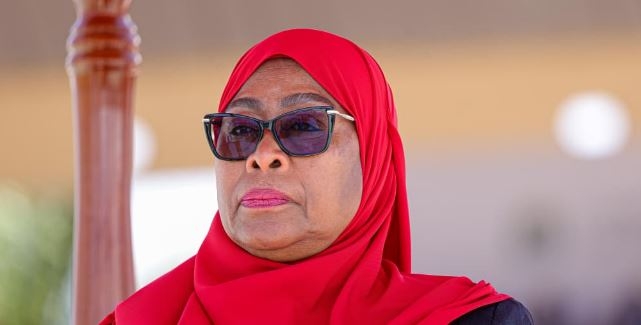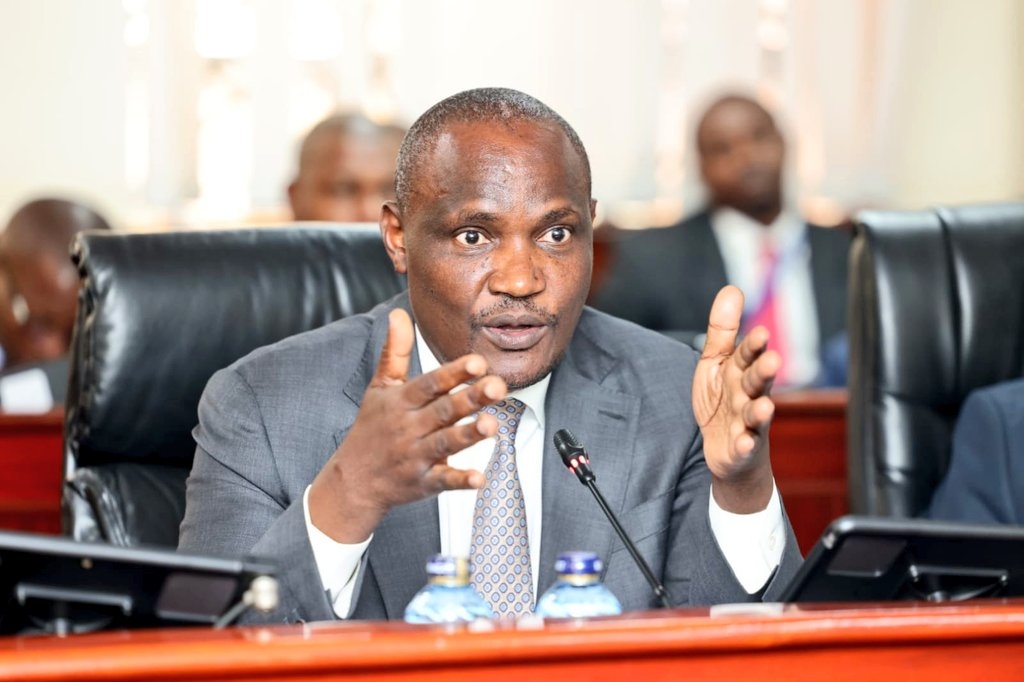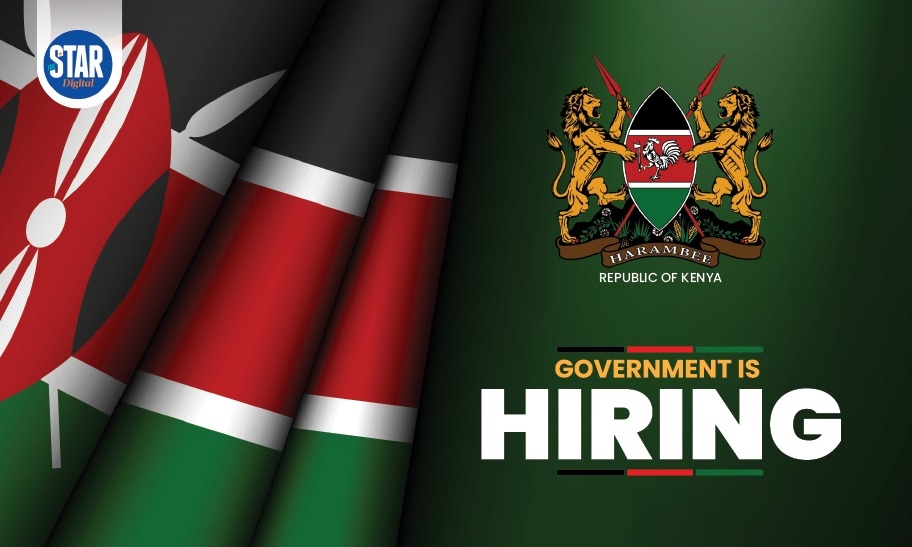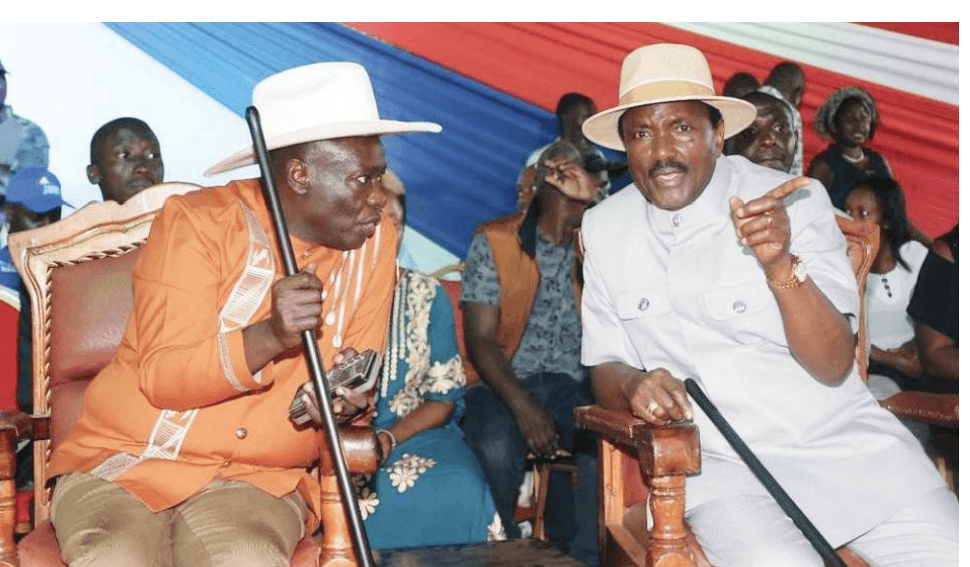
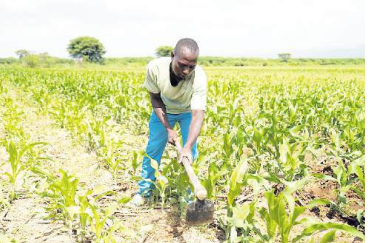
Farmers in Baringo County are reaping the benefits of contract farming under the Perkerra Irrigation Scheme, thanks to improved irrigation infrastructure and access to high-value seed markets.
Nicholas Bowen, a farmer at the scheme, said the turning point came in 2024 when the National Irrigation Authority repaired a damaged intake destroyed by River Perkerra.
"There was no water coming into the scheme before the repairs. Once NIA completed the work, we started planning for seed production with support from Kenya Seed,” he said.
Bowen said most farmers have transitioned from subsistence to commercial agriculture, mainly producing seed maize under contract.
"Contract farming has really boosted our income. Kenya Seed offers good prices, so we're earning much more than before," he said. “Water truly is life.”
Bency Chebungei, another farmer at the scheme, described contract farming as a game-changer.
“It’s like Kilimo Biashara. With a ready market, I can now pay school fees and meet other family needs without stress,” she said.
The seed maize germination rate is nearly 99 per cent, which translates to reliable yields and steady income.
Luka Sirma, also a farmer at Perkerra, urged the government to build a dam to ensure a consistent water supply.
“During dry periods, water shortages cause conflict. A dam would guarantee year-round irrigation and peace among farmers,” he said.
The Authority’s CEO, Charles Muasya, confirmed that recent El Niño-related floods had damaged infrastructure at the scheme, but the agency had completed necessary repairs.
“The wear was undermined, but we fixed it. The scheme is now back in full production,” he said.
NIA plans to put all 3,500 acres of the scheme back under crop production, with broader national targets.
“Our vision is to develop 1.5 million acres of irrigation by 2030. This aligns with the Kenya Vision 2030, the National Irrigation Policy of 2017 and the Bottom-Up Economic Transformation Agenda,” Muasya said.
Currently, 761,000 acres are under irrigation in various counties. This represents just 22 per cent of the country’s irrigation potential and less than five per cent of arable land.
Muasya noted that even at full expansion, irrigation would use under 40 per cent of renewable water resources, leaving room for sustainable environmental flow.
Northern frontier counties such as Baringo, Turkana, West Pokot and Elgeyo Marakwet remain a priority for irrigation investment.
“Perkerra Scheme covers 5,300 acres. Nearby micro-irrigation efforts like Barwesa are managing 1,000 acres,” the NIA boss said.
Smaller clusters including Kapkuikui, Molo Sirwe, Kamsokoi, Sandai, Aiwet and Eldume are making progress, though challenges remain.
“Farmer training and market linkages are essential for their success.”
The current projects in Baringo include the Komolion drought mitigation project with 100 acres and supporting 100 farmers. Kadokoyang borehole is serving 12 acres with 100 farmers.
Other boreholes, water pans and small dams are under construction to serve 1,135 acres and 1,727 farmers.
Going forward, Muasya said the government is piloting irrigation on 1,000 acres in Tiaty and 1,000 acres in Baringo North using Lake Baringo water.
“The long-term plan is to expand this to 60,000 acres over the next decade,” he said.
Plans are underway to develop the proposed Radat Dam, which would irrigate an additional 50,000 acres.
“Once developed, Radat Dam will directly support the Perkerra Irrigation Project and resolve many of the area’s water issues,” he said.
“This is our roadmap for Baringo, a county with immense potential. If we implement these plans, we will significantly enhance food security,” he said, affirming NIA’s commitment to the government’s food security agenda.
Production data for 2023 from NIA shows that 2,600 acres was put under contracted seed maize and 4,160 tonnes of seed maize was delivered to Kenya Seed, Simlaw and Seedco.
The gross income earned was Sh457.6 million from seed maize, Sh80 million from green grams, Sh50 million from 120 acres of pawpaws and Sh100 million from 200 acres of horticultural crops.










